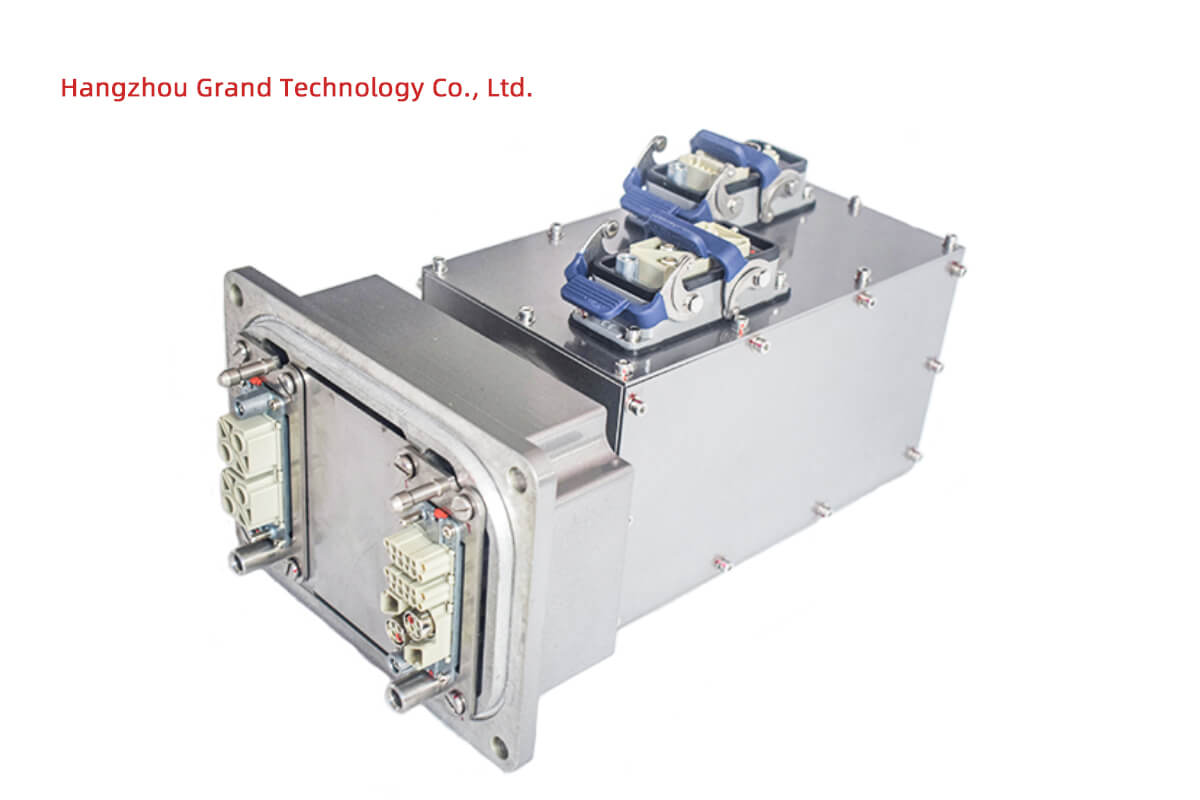In the field of medical devices, where precision and reliability are paramount, proper design considerations for components like pancake slip rings are crucial. Pancake slip rings play a vital role in enabling continuous power and signal transmission in rotating medical equipment. These compact and versatile components face unique challenges and requirements in medical applications, such as sterilization compatibility, low electrical noise, and compact size. In this article, we will explore the importance of design considerations for pancake slip ring in medical devices, discuss key design factors, and showcase successful design implementations through relevant case studies.
Importance of Design Considerations for Pancake Slip Rings in Medical Devices
Design considerations play a critical role in ensuring optimal performance and functionality of pancake slip rings in medical devices. These components must meet the stringent requirements of the healthcare industry, which include factors such as sterilization compatibility, electrical noise reduction, and compact size. By carefully considering these design factors, pancake slip rings can be engineered to meet the unique challenges posed by medical applications, ultimately enhancing the performance and reliability of medical devices.
Specific Challenges and Requirements for Slip Rings in Medical Applications
Slip rings used in medical devices face specific challenges and requirements that differ from other industries. One primary challenge is sterilization compatibility. Medical devices often undergo sterilization processes to maintain aseptic conditions. Slip rings must be constructed from materials that can withstand the high temperatures and harsh chemicals used in sterilization while maintaining their electrical properties.
Another critical requirement is low electrical noise. In medical devices, precise signal transmission is vital for accurate data collection and patient safety. Pancake slip rings must be designed to minimize electrical noise, ensuring reliable and high-quality signal transmission in the presence of sensitive sensors or imaging equipment.
Compact size is also a significant consideration in medical devices, where space constraints are common. Pancake slip rings are designed to have a low profile and a small footprint, allowing them to fit into compact medical equipment without compromising functionality or performance.
Key Design Factors for Pancake Slip Rings
Several key design factors contribute to the successful implementation of pancake slip rings in medical devices. Materials selection is crucial, as slip rings must be constructed from materials that are both durable and sterilization compatible. Choices such as stainless steel or specialized plastics can ensure long-term performance and withstand rigorous sterilization processes.
Sealing mechanisms are essential for maintaining the integrity of the slip ring and protecting it from contaminants. Proper sealing prevents moisture, dust, or other particles from entering the slip ring, which could compromise its performance and lifespan.
The brush system design is another critical aspect of pancake slip ring design. It must be carefully engineered to reduce friction and wear, ensuring smooth and reliable electrical contact while minimizing the generation of electrical noise. Brush materials and configurations should be chosen to minimize brush wear and maintain consistent performance over the slip ring’s lifespan.
Successful Design Implementations and Impact on Medical Equipment Performance
Several case studies demonstrate the successful implementation of well-designed pancake slip rings in medical devices. For instance, in medical imaging equipment like MRI machines, pancake slip rings with sterilization-compatible materials and low electrical noise characteristics ensure accurate image acquisition and signal integrity. Similarly, robotic surgical systems rely on compact and reliable pancake slip rings to enable precise and continuous power and signal transmission during surgical procedures.
The impact of well-designed pancake slip rings on medical equipment performance is significant. By meeting the specific challenges and requirements of medical applications, these slip rings contribute to reliable and accurate data acquisition, enhanced imaging quality, and precise control of medical devices. This, in turn, improves patient outcomes, facilitates complex medical procedures, and enhances the overall effectiveness of medical equipment.
Pancake slip rings play a critical role in medical devices by enabling continuous power and signal transmission in rotating equipment. Design considerations tailored to the unique challenges and requirements of medical applications are vital for the optimal performance of pancake slip rings. Factors such as sterilization compatibility, low electrical noise, and compact size must be carefully addressed. By selecting appropriate materials, employing effective sealing mechanisms, and optimizing brush system designs, pancake slip rings can meet the stringent demands of the medical industry. Successful design implementations of pancake slip rings in medical devices have demonstrated their positive impact on equipment performance, contributing to accurate data acquisition, enhanced imaging quality, and reliable operation. With proper design considerations, pancake slip rings continue to revolutionize the medical device landscape, enabling advancements in diagnosis, treatment, and patient care.
See What We Can Do

